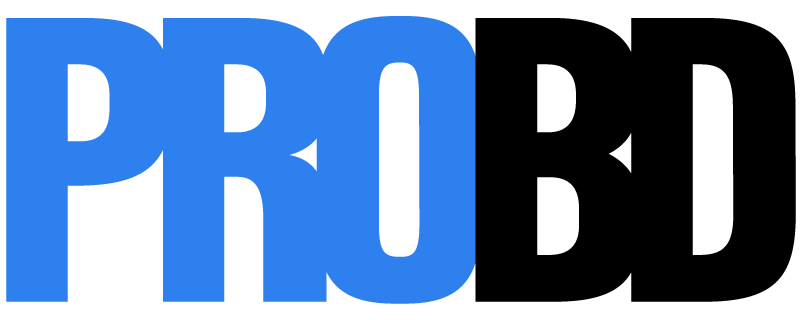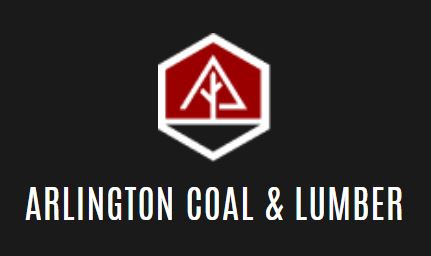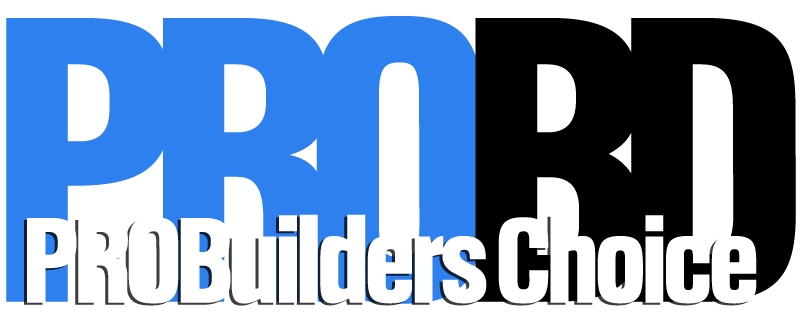Enscape, a leading provider of real-time visualization, 3D rendering, and virtual reality technology for the global AEC industry, has released Enscape 3.3.
The last few years have pushed architects and designers to find new ways to collaborate and share their work.
Many of them have turned to visualization technology for assistance. Despite the pandemic, Enscape has experienced 50% annual growth, demonstrating that designers have recognized the value and potential of incorporating new technology into design workflows.
Enscape’s latest release will assist architects and designers in further improving their design workflow and creating more impressive real-time visualizations and immersive experiences.
Users can now import building surroundings into renderings, improve visualizations of glass and water surfaces, and add new educational assets and materials to scenes, among other things. Full language support is now available in Japanese as well.
“We’re always looking for new ways to support our customers’ design workflows,” said Petr Mitev, Enscape’s VP Visualization Product Group.
“We’ve automated some processes with today’s release so that designers can spend more time making the right decisions and less time gathering the data they need. Based on community feedback, we will also continue to improve our core visualization and sharing platforms.”
Among the new features in Enscape 3.3 are:
Site Context – Using OpenStreetMap data, users can now import a project’s surroundings into renderings. Simply open Site Context, enter an address or coordinates, and then select to import all surroundings, buildings and landmarks, streets and sidewalks, or topography.
Transparent Materials in Reflections – Transparent materials will be visible in reflections, improving the visualization of rendered glass and water surfaces. It is necessary to use a graphics card that supports hardware-accelerated ray tracing, such as the NVIDIA RTX series or the AMD RX6xxx series.
Education Assets and Materials – New high-quality education-themed assets and materials, such as classroom furniture, toys, musical instruments, playground equipment, acoustic panels, and more, are now available for use in educational scenes. A large collection of new 3D people is also included in the asset package.
Alpha Channel Export – The new export feature makes it simple to add transparent backgrounds to rendered images.
Pin Enscape on Top – Users can pin the Enscape rendering window, as well as the menus that appear when the renderer is launched, to the top of their modeling window. This enables users who do not have two or more screens to work in the modeling software and immediately see changes in the overlayed Enscape window, which is always on top when this function is enabled.
Material Overwrite – Material Overwrite makes it much easier to exchange Enscape materials from within the Material Editor. Enscape material files can now be replaced without having to manually import and export them.
Camera Sync Optimization – Revit users can now enjoy camera synchronization for the orthographic and perspective views, as well as Field of View sync for the perspective view. In addition, there is a camera roll around the line of sight. Camera synchronization for the orthographic view is now available for Archicad users.
Upload Migration – An Enscape Account allows users to manage uploads and licenses online, as well as create Panorama Galleries and share and unshare links. Previous uploads can be easily migrated for users who do not yet have an Enscape Account.
Enscape 2022 Support – Enscape is now compatible with the most recent version of SketchUp.
Japanese Language Support – In addition to new Japanese-themed assets, full language support is now available in Japanese.
“Enscape is simple and approachable while at the same time offers deeper levels of creativity, furthering design expression and overall visual communications,” says Joe Tubb, Senior 3D Visualization Specialist at ASD|SKY.
“Enscape is remarkably fast and enables designers to be more confident in their design choices while allowing them to explore and experiment with multiple solutions.”











